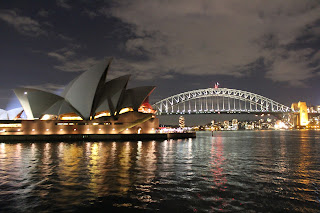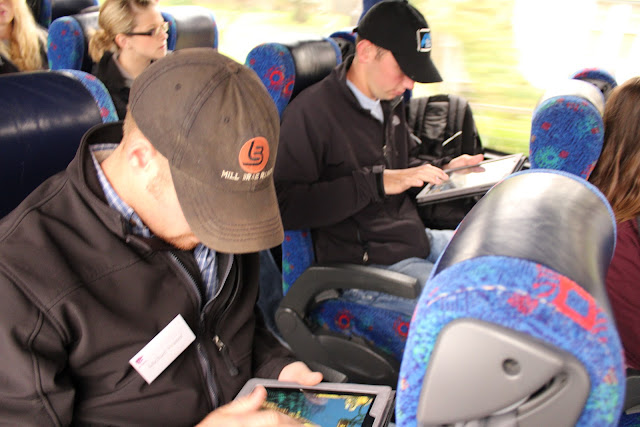 |
| Here is some of the propaganda I took to learn about NLIS. |
The National
Livestock Identification System (NLIS)
was one of the most interesting aspects of the trip for me.
NLIS
doesn't just help prevent the spread of disease, but it also helps increase the
bottom line for producers. Having electronic identification tags like Australia
uses in the beef industry enables breeders to obtain performance and carcass
data much easier than in the United States. Because Australia is so dependent
on exporting beef NLIS was a must and with the United States' beef industry
moving more towards export it will only be a matter of time before a similar
system will be adopted nationally.
 |
| The owner of Lima Park showing an electronic ID tag. |
In talking with producers it was obvious that NLIS was a major success in
their marketing plans and herd improvement. For instance, at Lima Park they are
now able to sell cattle to the European Union because
the animals can easily be age and source verified. Also, monitoring when cattle
are ran through the chute can be done thanks to the technology used to scan the
electronic tags.
 |
| A digital tag reader at Lima Park. |
After
experiencing electronic identification in person I can now see
the benefits it brings with it. In order for the United States to be
on a level playing field with Australia and many other livestock producing
nations, the USDA
will have to continue the National Animal Identification System that was
implemented in 2004.
Until we meet again, happy trails!























































